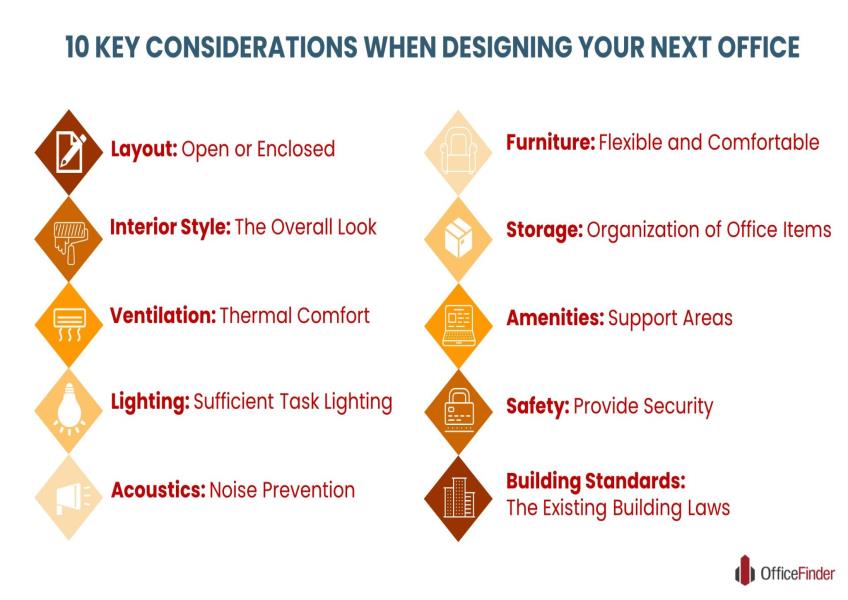Get the latest updates From BL Soni College Bhilwara

What are some key considerations when designing for print media?
Designing for print media requires careful attention to detail and a deep understanding of the medium. Here are some key considerations to keep in mind: Resolution and Image Quality: Ensure all images and graphics used in your print design are high-resolution (usually 300 DPI or dots per inch) to avoid pixelation and maintain crispness. Color Mode: Use the CMYK color mode (Cyan, Magenta, Yellow, Key/Black) instead of RGB (Red, Green, Blue) to ensure that the colors in your design will reproduce accurately in print. Bleed: Extend your design elements (background colors, images, etc.) beyond the trim edges of the final document to account for any variations in the trimming process. Usually, a bleed of 1/8 inch (0.125 inches) is standard. Margins and Safe Zones: Leave sufficient margins and safe zones inside the trim area to avoid important content being too close to the edge of the page. This helps ensure that no critical information gets trimmed off. Typography: Choose readable fonts and font sizes for body text and headlines. Be mindful of kerning, leading, and tracking. Avoid using too many different fonts in one design. Typography for Print: Pay attention to line length, leading (line spacing), and hyphenation to ensure readability. It's generally recommended to keep lines of text shorter in print than on the web. Color Consistency: Check for color consistency across different devices and printers. Consider using Pantone colors for precise color matching if necessary. Paper Selection: Choose the right type of paper for your project. Different paper stocks can affect how your design looks and feels. Consider factors like weight, finish, and texture. Print Proofing: Always request a physical or digital proof before mass printing to check for any issues in color, layout, or alignment. File Formats: Save your print design files in a format that preserves layers and high-quality images, such as TIFF or PDF. Ensure all linked files are embedded or included. CMYK vs. Spot Color: Understand the difference between using CMYK for full-color printing and spot colors for specific hues. Spot colors can provide more accurate and consistent color reproduction for branding. Vector vs. Raster: Use vector graphics for logos and other elements that need to be scaled without loss of quality. Raster images should be used for photographs and complex imagery. Proofreading: Carefully proofread all text to catch spelling, grammar, and layout errors. Errors are costly to correct after printing. Layout and Composition: Pay attention to the overall layout and composition of your design. Balance elements, use grids, and ensure a clear visual hierarchy. File Size and Print-Ready Formats: Be aware of file size limitations for the printing process and provide print-ready files to your printer according to their specifications. Printing Technology: Understand the printing technology being used (offset, digital, etc.) and its limitations and capabilities. This can affect your design choices. Folding and Binding: If your project involves folding or binding, consider how your design will be affected and plan accordingly. Packaging and Delivery: Think about how your printed materials will be packaged and delivered. Ensure they are protected during transit to maintain their quality. Legal and Copyright Considerations: Ensure that you have the rights to use any images, fonts, or content in your design, and be aware of any legal requirements, such as copyright and trademark laws. Proofing and Revisions: Budget time for multiple rounds of proofing and revisions. Changes become more costly once the printing process has begun. By paying attention to these considerations, you can create print materials that are not only visually appealing but also effective in conveying your message to your target audience. Collaboration with a professional printer or graphic designer can also be invaluable in achieving high-quality print results.


